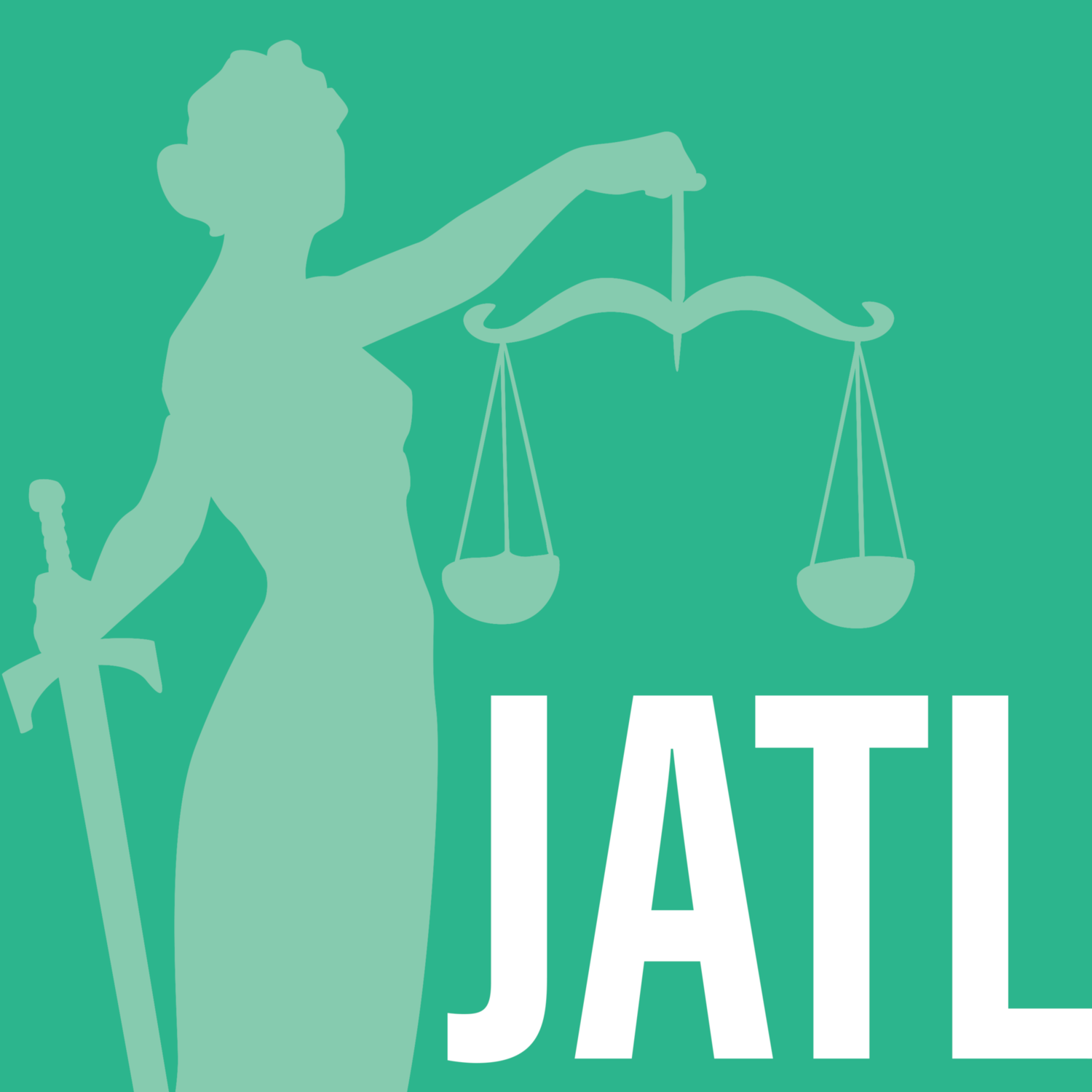JATL sat down to have a chat with Monica Taylor, who has recently departed from the Director role at the UQ Pro Bono Centre, and has embarked on a new chapter of her career at the Queensland Council of Social Services. Within the interview we discuss a variety of things, including how Monica first got involved with the Centre, her most memorable moments while working there, and her departing advice for law students.

